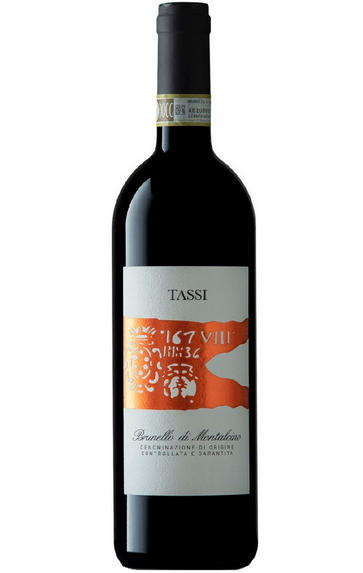
2017 Brunello di Montalcino, Tassi, Tuscany, Italy
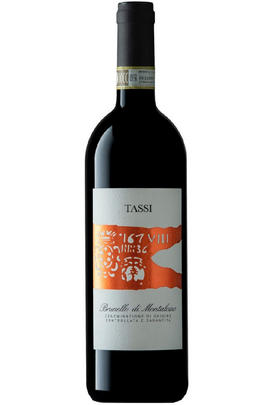
Critics reviews
A beguiling mix of crushed stone, black currants, wild herbs and hints of animal musk smolders up from the 2017 Brunello di Montalcino. This is deeply textural and velvety in feel, but with energizing acidity to balance, as ripe wild berries and exotic spices cascade across a core of saline-minerals. There’s simply so much power and intensity within that you barely notice the grippy tannins that are slowly clamping down on the experience. A hint of balsamic-tinged cherry lingers on and on. Wow; give this a year or two of cellaring, and then enjoy it with abandon.
Drink 2024 - 2029
Eric Guido, Vinous.com (December 2021)
Healthy-looking mid-ruby. A little brooding on the nose with a hint of cinnamon bark. Ripe and with a reasonable depth of fruit on the palate. The tannic grip on the finish but without overpowering the fruit.
Drink 2022 - 2026
Walter Speller, JancisRobinson.com (March 2022)
Production is 6,281 bottles.
Fabio Tassi's classic annata bottling is the 2017 Brunello di Montalcino. This certified organic wine opens to a robust and elaborate bouquet with contrasting layers of dark fruit and savoury spice. It embraces a dark and more determined side of the vintage heat, showing black cherry, dried prune and smoky or earthy tones at the back. This more robust presentation would slide up comfortably to a charred grilled steak with mesquite and barbecue marinade.
Drink 2023 - 2035
Monica Larner, Wine Advocate (February 2022)
Lots of sweet berries with plum and cherry aromas that follow through to a full body with plenty of ripe tannins, yet they are polished and savory. Very juicy. Bright and tangy finish. Balanced and fresh. From organically grown grapes.
Drink after 2022
James Suckling, JamesSuckling.com (November 2021)
With vineyards at various altitudes and expositions in Montalcino’s southern reaches of Castelnuovo dell’Abate, Tassi proposes three Brunello. In 2017, the estate bottling combines freshness with lush ripeness as scented garden herbs and baked flint permeate prune plums and glazed cherries. Upfront robust tannins give plenty to chew on in this full-figured Brunello, smooth and velvety right through to the warming finish.
Drink 2022 - 2028
Michaela Morris, Decanter.com (November 2021)
About this WINE
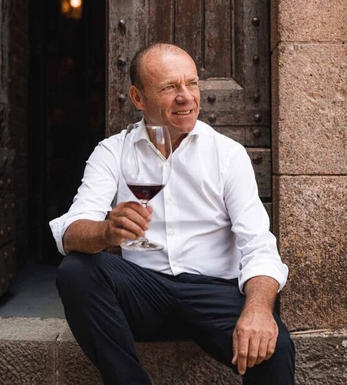
Tassi
The Tassi family have deep roots in Montalcino. They have a legacy of working the vineyards of Biondi Santi and then as beekeepers, before turning their attention back to wine. Owner Fabio Tassi is a restaurateur, running the town’s flagship Drogheria Franci restaurant, and he owns its most prolific wine shop. His exposure to, and understanding of, Brunello’s wines, vintages and vineyards are greater than most – as are his relationships with many of the great winemaking families of Italy.
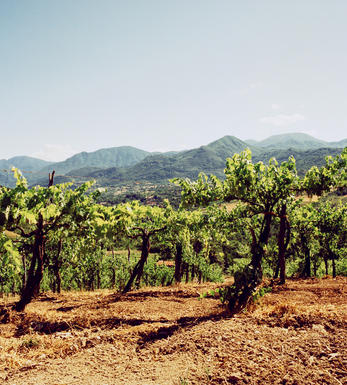
Brunello di Montalcino
Along with Chianti, Brunello di Montalcino is Tuscany's most famous DOCG and the region's boldest expression of Sangiovese. Located 30 miles south of Siena with the hilltop town of Montalcino as its epicentre, its 2,000 hectares of vines are naturally delimited by the Orcia, Asso and Ombrone valleys. Brunello is the local name for the Sangiovese Grosso clone from which Brunello di Montalcino should be made in purezza (ie 100 percent).
The Brunello di Montalcino DOCG has a whale-like shape: at its head, at 661 metres above sea level on ancient, stony galestro soils facing east and southeast lies the town of Montalcino, where the DOC was founded. As you follow the spine south towards the tail, the vineyards lose altitude – those around Colle Sant'Angelo are at 250 metres – while the soils become richer with iron and clay. Further east, in the shadow of the 1,734 metre Mont'Amiata lies the village of Castelnuovo dell'Abate where the vineyards are strewn with a rich mix of galestro, granitic, volcanic, clay and schist soil types.
Historically, the zone is one of Tuscany's youngest. First praised in 1550 by Leandro Alberti for the quality of its wines, it was Tenuta Il Greppo who bottled the inaugural Brunello di Montalcino in 1888. By 1929, the region had 925 hectares of vines and 1,243 hectares of mixed crops, while in 1932 it was decreed that only those wines made and bottled within the commune could be labelled as Brunello di Montalcino. Since then, the number of producers has risen from 11 in 1960 to 230 in 2006, while over the same period the vineyards have expanded from 1,000 hectares to 12,000. The region earned its DOC in 1966, and was upgraded to DOCG in 1980.
Brunello di Montalcino cannot be released for sale until five years after the harvest, or six years in the case of Brunello di Montalcino Riserva. During this time the wines should be aged for at least two years in oak, followed by at least four months in bottle (six months for Riservas); maximum yields are 55 hl/ha.
Rosso di Montalcino is declassified Brunello di Montalcino, released for sale 18 months after the harvest.
Recommended producers: Costanti, Fuligni, Lisini, San Giuseppe, Soldera, Cerbaiona
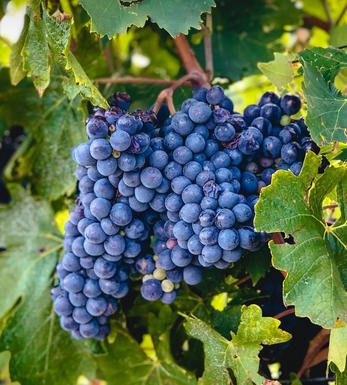
Sangiovese
A black grape widely grown in Central Italy and the main component of Chianti and Vino Nobile di Montepulciano as well as being the sole permitted grape for the famed Brunello di Montalcino.
It is a high yielding, late ripening grape that performs best on well-drained calcareous soils on south-facing hillsides. For years it was blighted by poor clonal selection and massive overcropping - however since the 1980s the quality of Sangiovese-based wines has rocketed upwards and they are now some of the most sought after in the world.
It produces wines with pronounced tannins and acidity, though not always with great depth of colour, and its character can vary from farmyard/leather nuances through to essence of red cherries and plums. In the 1960s the advent of Super Tuscans saw bottlings of 100% Sangiovese wines, as well as the introduction of Sangiovese/Cabernet Sauvignon blends, the most famous being Tignanello.


Buying options
Add to wishlist
Description
The vintage’s heat gave intensity to the grapes, but the vines’ proximity to the river and cold mountain winds retained freshness and phenolic maturity. Wild fermentation in concrete, 10% whole-bunch and 25 months in botti grande make for a stylish Brunello. Dense, dark fruit, earthy detail and floral highlights melt into a firm frame with juicy velvet tannins.
Drink 2024 - 2032
Davy Żyw, Senior Buyer, Berry Bros. & Rudd
wine at a glance
Delivery and quality guarantee